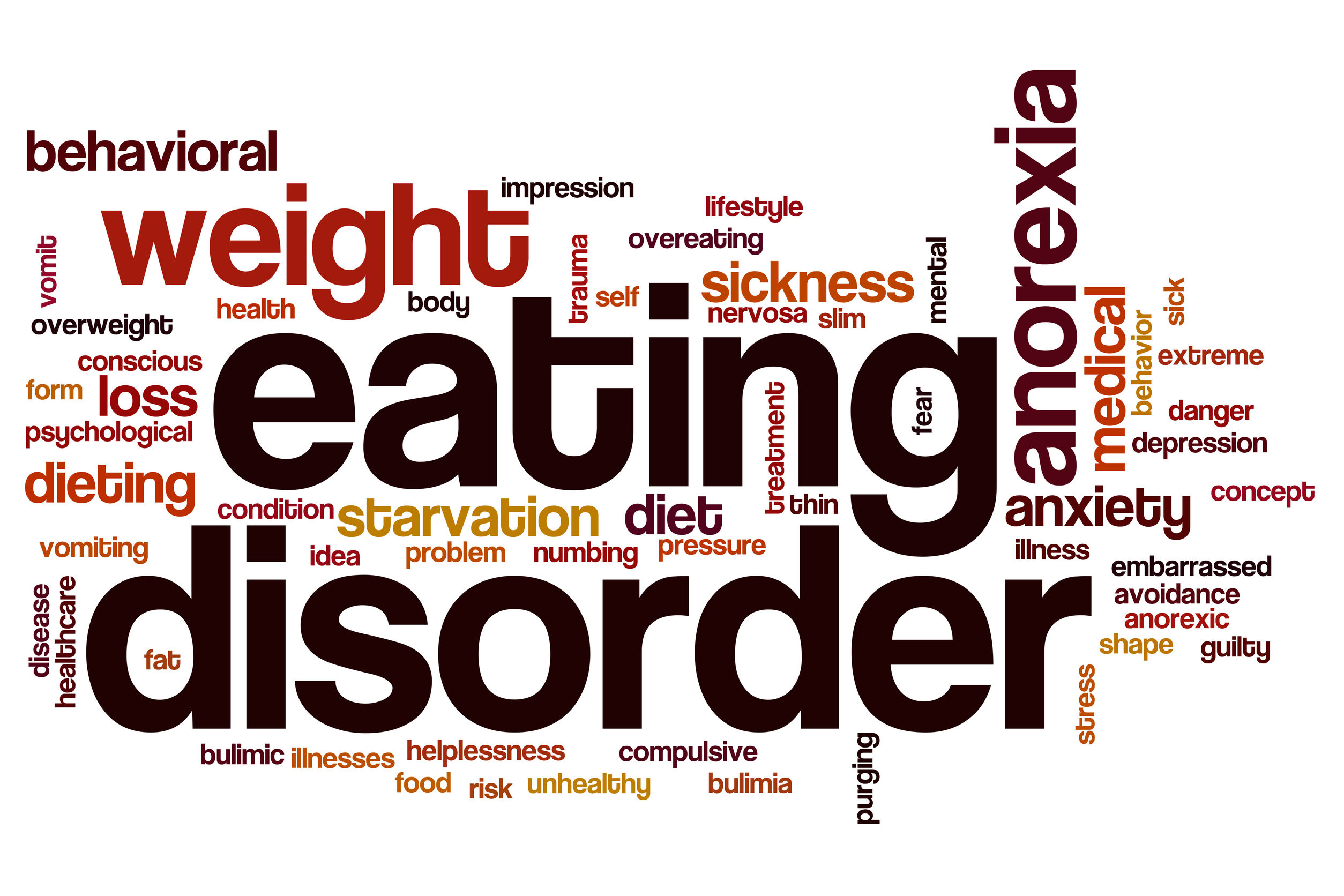The recent debut of Netflix’s original movie To The Bone has shed light on the issue of eating disorders in today’s society. To The Bone centers on 20-year-old Ellen (played by Lily Collins) and her journey to recovery in an inpatient group home for her eating disorder, anorexia nervosa. With the help of her therapist, Dr. William Beckham (played by Keanu Reeves), Ellen learns how to overcome her conflicts with her dysfunctional family and find self-acceptance. As depicted by the residents of the inpatient house, recovering from an eating disorder is challenging. Therefore, how can therapy help patients who are suffering from eating disorders? Specifically, what is the role of occupational therapy in treating eating disorders? Occupational therapy aims to help individuals reintegrate into their lives. In particular, occupational therapists help their patients re-engage in their daily routines and activities. Occupational therapists utilize psychotherapy such as cognitive-behavioral therapy (CBT) to help individuals treat their source of addiction.
Sparking the Conversation: The Role of Occupational Therapy in Treating Eating Disorders
What is an Eating Disorder?
To start off, the National Eating Disorders Association define eating disorders as an overwhelming feeling of extreme beliefs and behaviors that center on food and weight. Eating disorders vary from overeating to undereating. Despite their differences, eating disorders stem from an individual’s mental health, such as issues with self-esteem and body image. There are multiple different types of eating disorders; however, anorexia nervosa and bulimia nervosa serve as the two most common types of eating disorder in adolescents.
- Bulimia Nervosa: Bulimia nervosa is characterized by the act of binge eating followed by self-induced vomiting.
- Anorexia Nervosa: Anorexia nervosa is characterized by weight loss and refusal to eat. Individuals suffering from anorexia develop a fixation on calorie counts, purging, and extreme exercising.
How Does Cognitive-Behavioral Therapy (CBT) Help?
The role of occupational therapists in treating eating disorders is to identify their patients’ triggers and implement various coping mechanisms in their daily routines. Specifically, occupational therapy helps individuals identify the source of their relationship with food and weight. Occupational therapists implement a variety of activities and strategies to help individuals participate in daily routines such as meal planning and grocery shopping. In particular, psychotherapy and cognitive-behavioral therapy (CBT) incorporate psychological and behavioral therapies to identify the source of the negative associations about food that are being created by the individual. Occupational therapists focus on the various sources of an individual’s stress, such as family, psychological events, or societal pressures. Cognitive-behavioral therapy (CBT) helps by working towards changing the individual’s attitudes and perceptions on eating and weight management. By altering their thoughts, the individuals will ultimately change their behaviors. This is because the root of the eating disorders is focused on the effects of emotions on one’s behaviors.
Occupational therapists can incorporate multiple activities into their patients’ routine to help them end their addiction. For example, occupational therapists can encourage their patients to establish a schedule to promote regular eating, engage in grocery shopping, working towards creating a meal plan, and etc. An important aspect of cognitive-behavioral therapy (CBT) is the importance of setting goals to regain their autonomy. In fact, creating goals for your patients to accomplish to serve as motivation and encouragement.
In summary, the role of occupational therapy in treating eating disorders is to help individuals eliminate the negative emotions and perceptions that they have about food and weight. By identifying why individuals are enforcing negative perceptions on their addiction, occupational therapists will be able to help eliminate the source of the problem. In particular, cognitive-behavioral therapy (CBT) focuses on goal setting that helps them change their thoughts. Netflix’s newest movie To The Bone started the conversation on eating disorders, but there is a lot more to be done.
